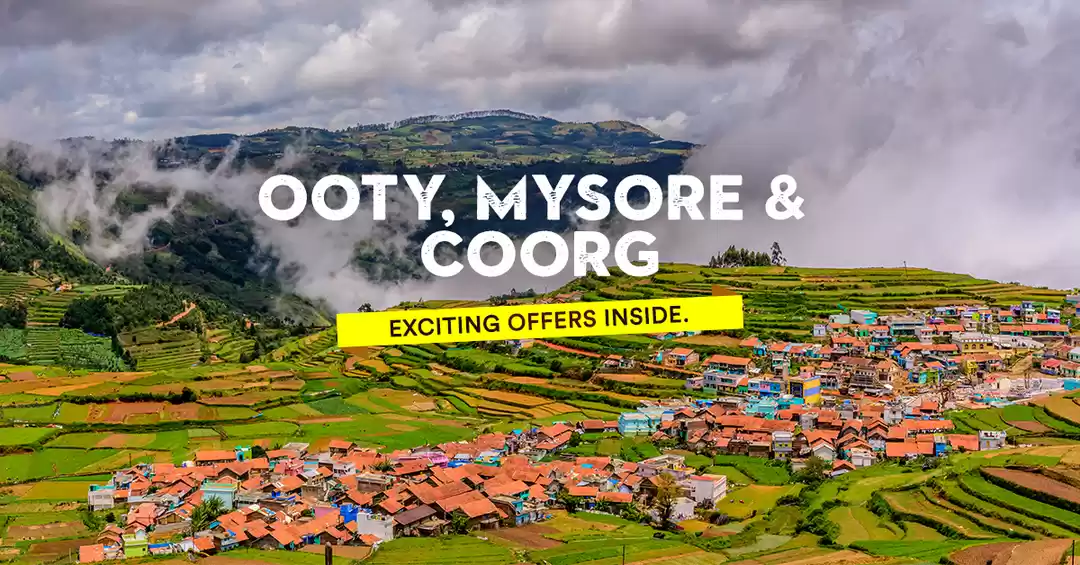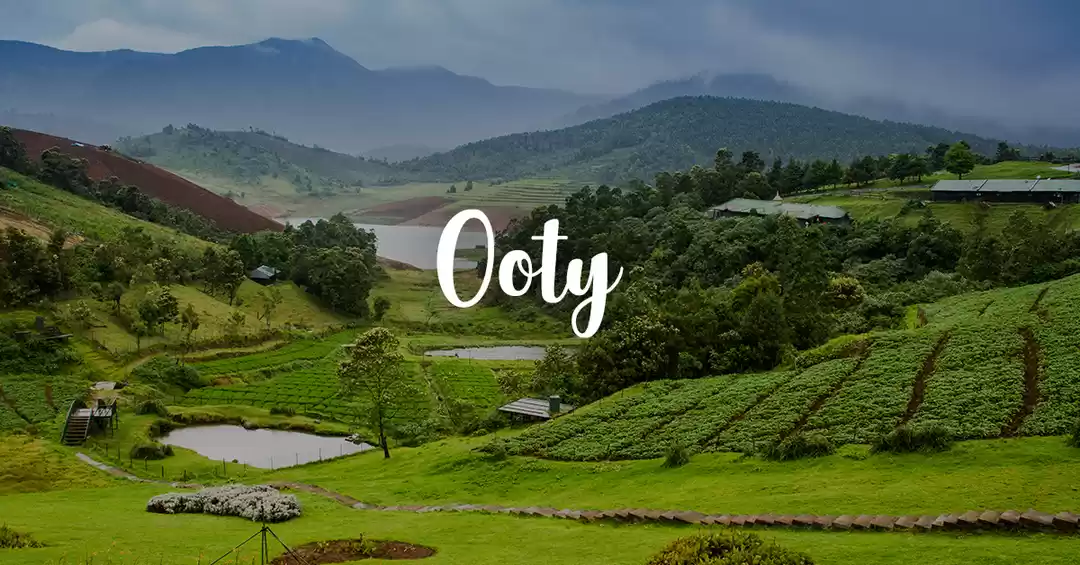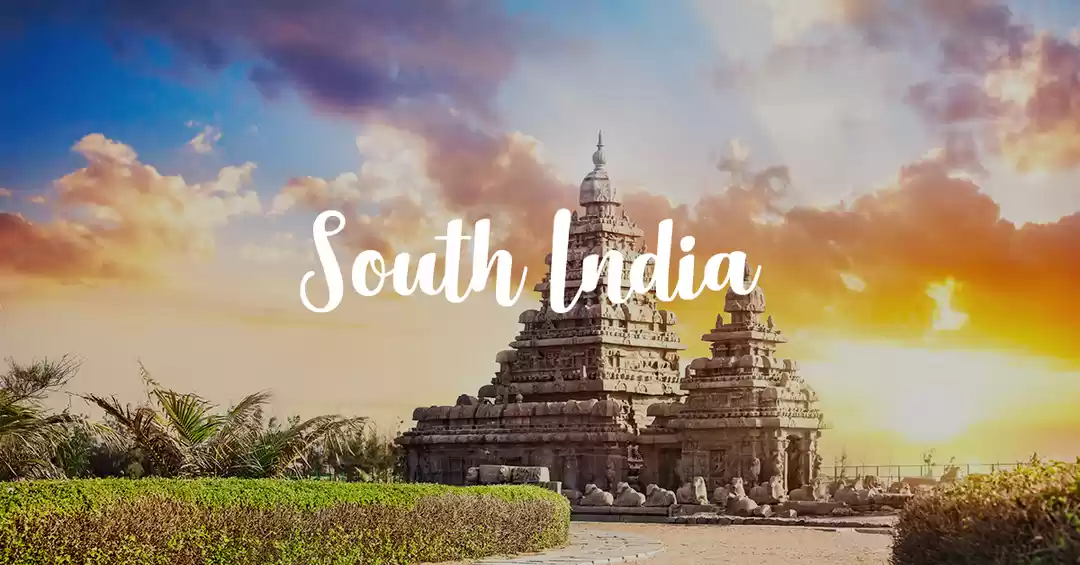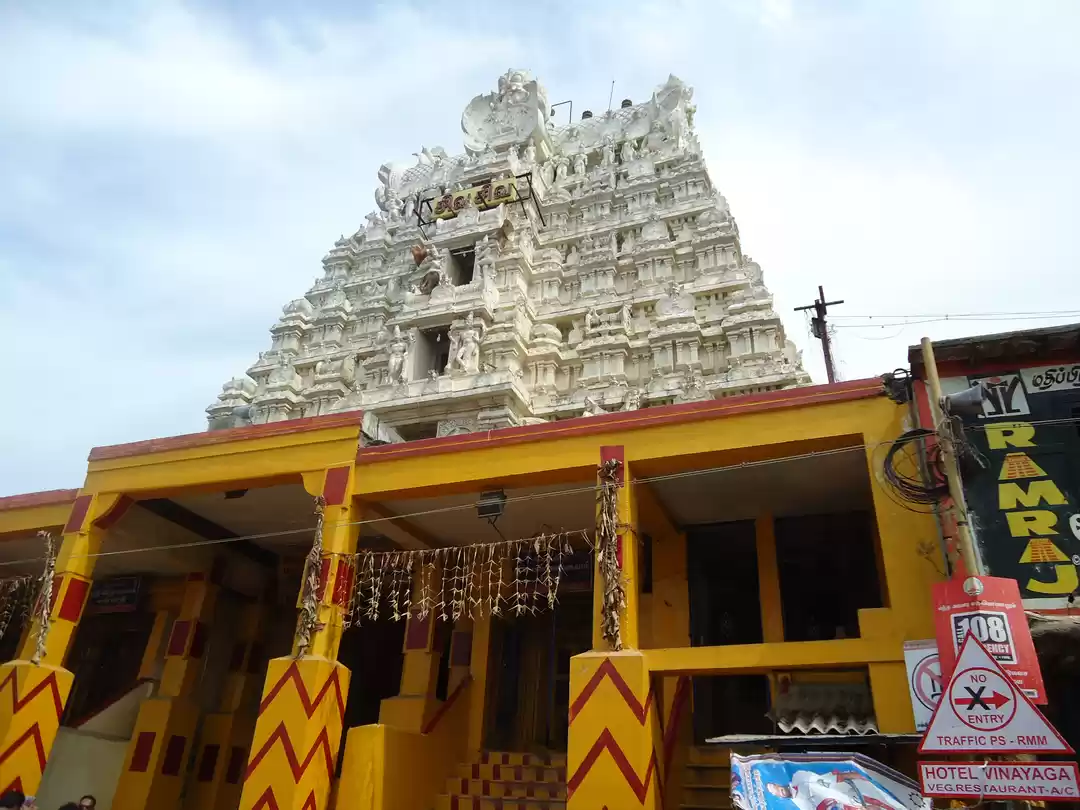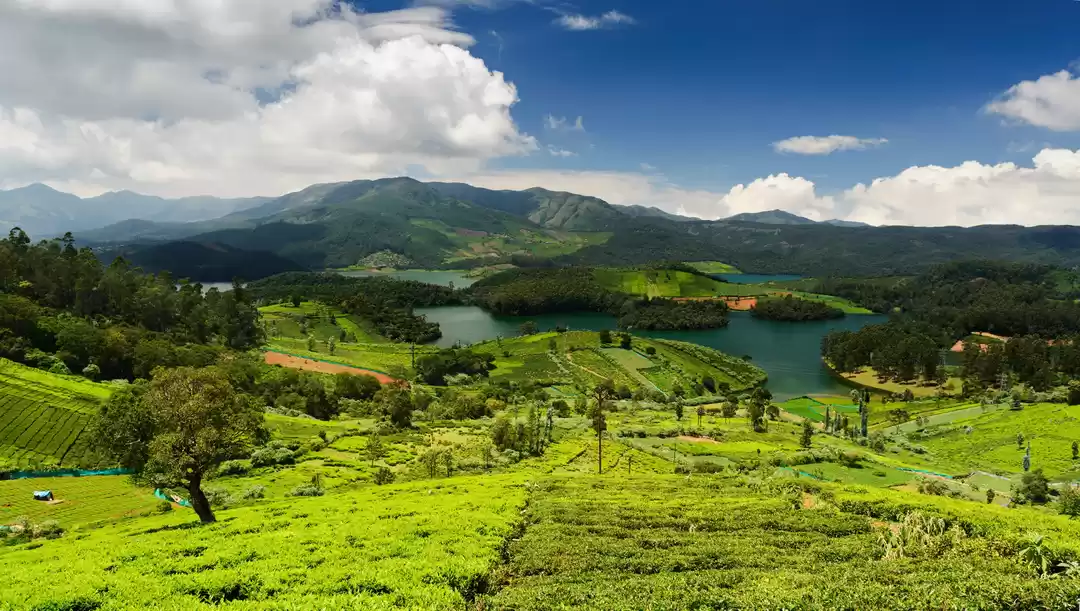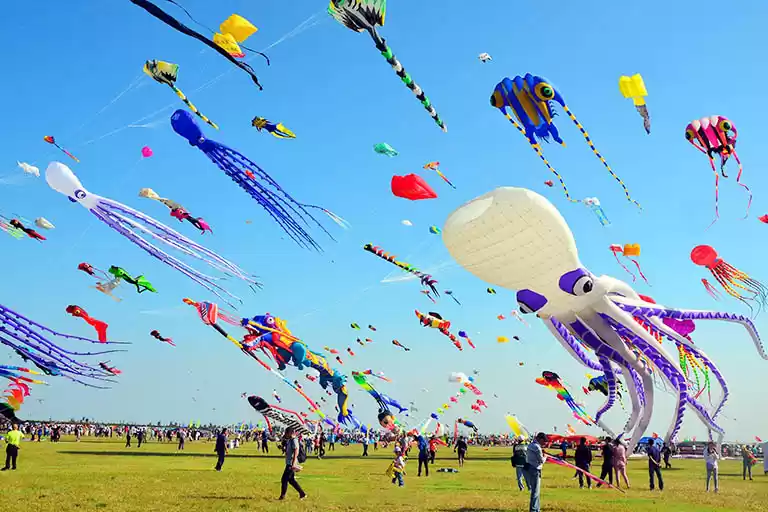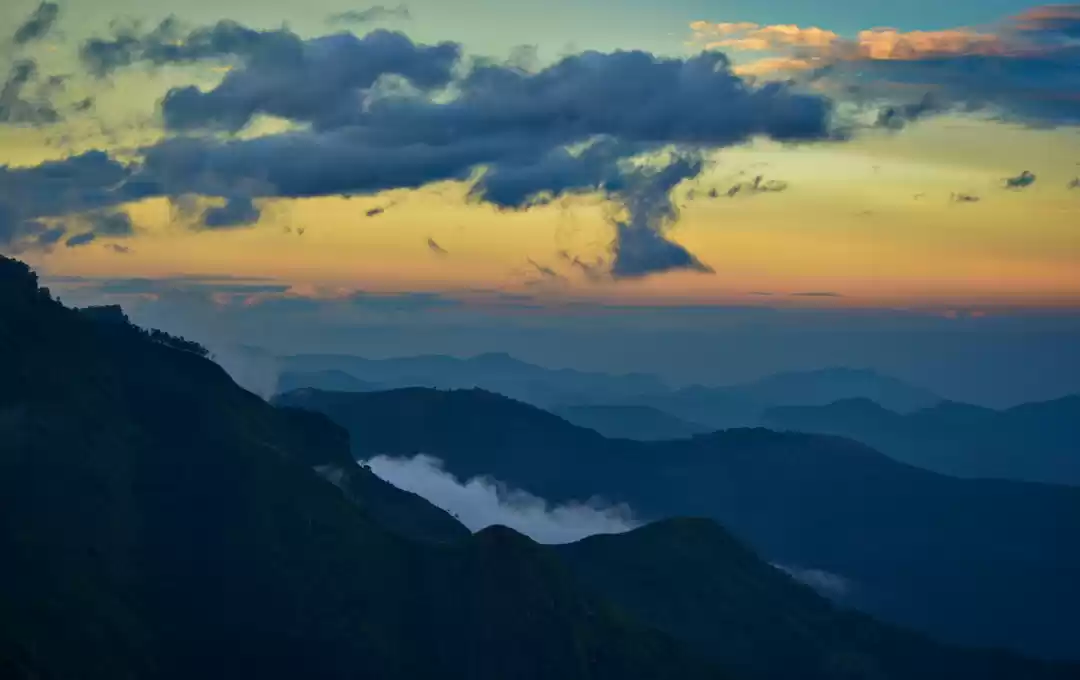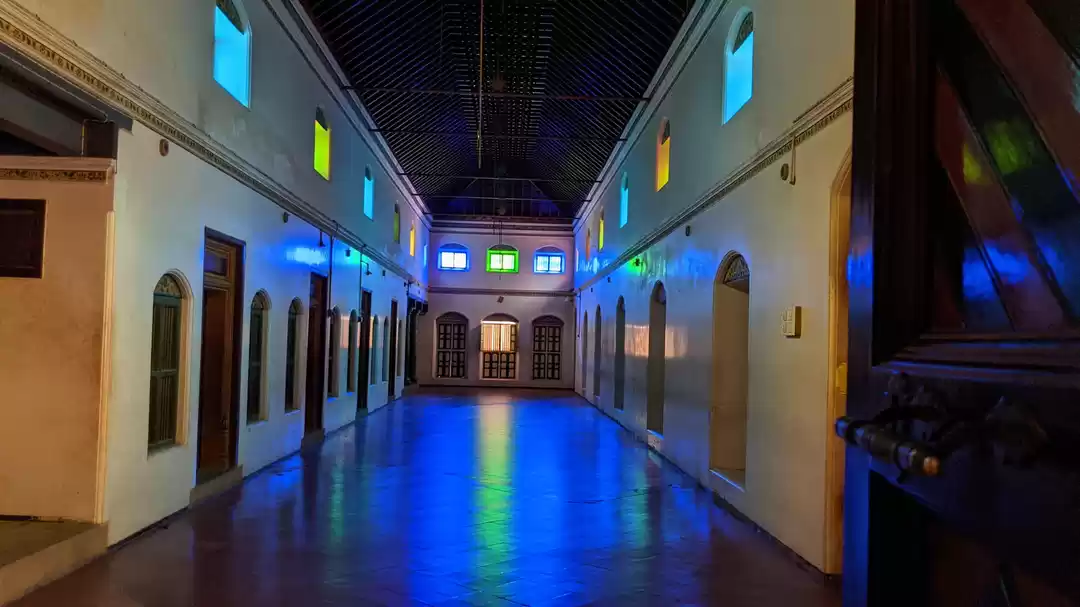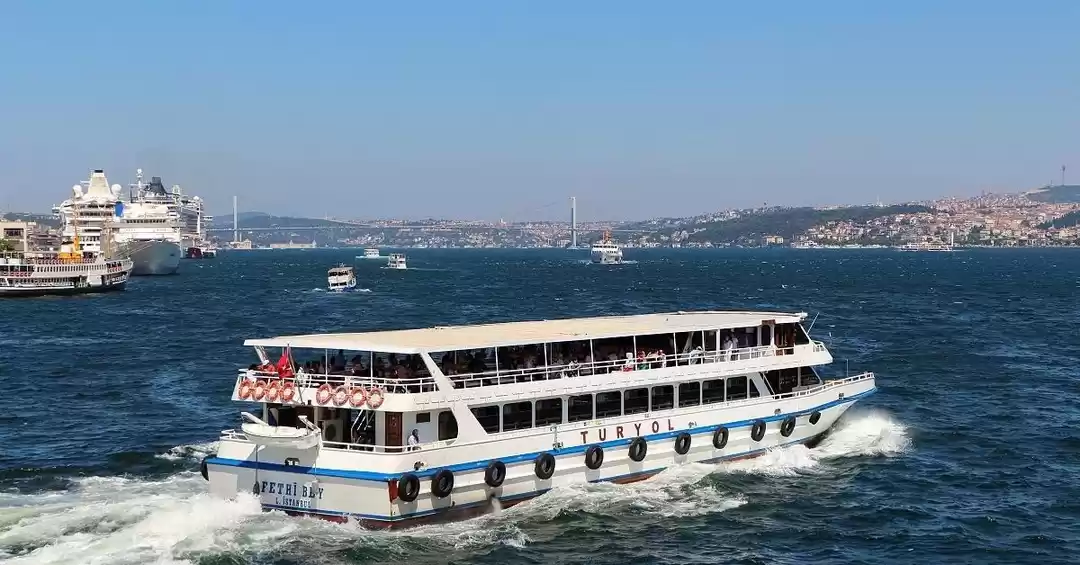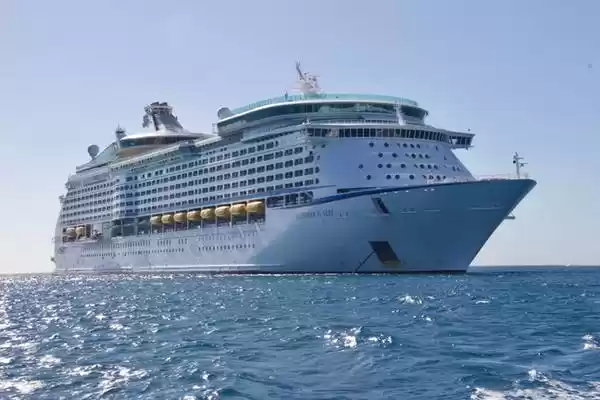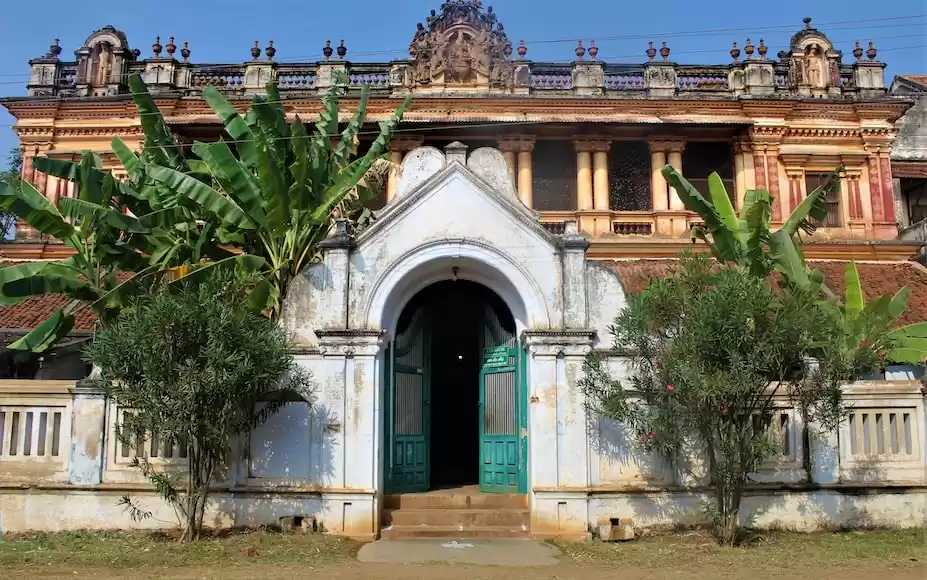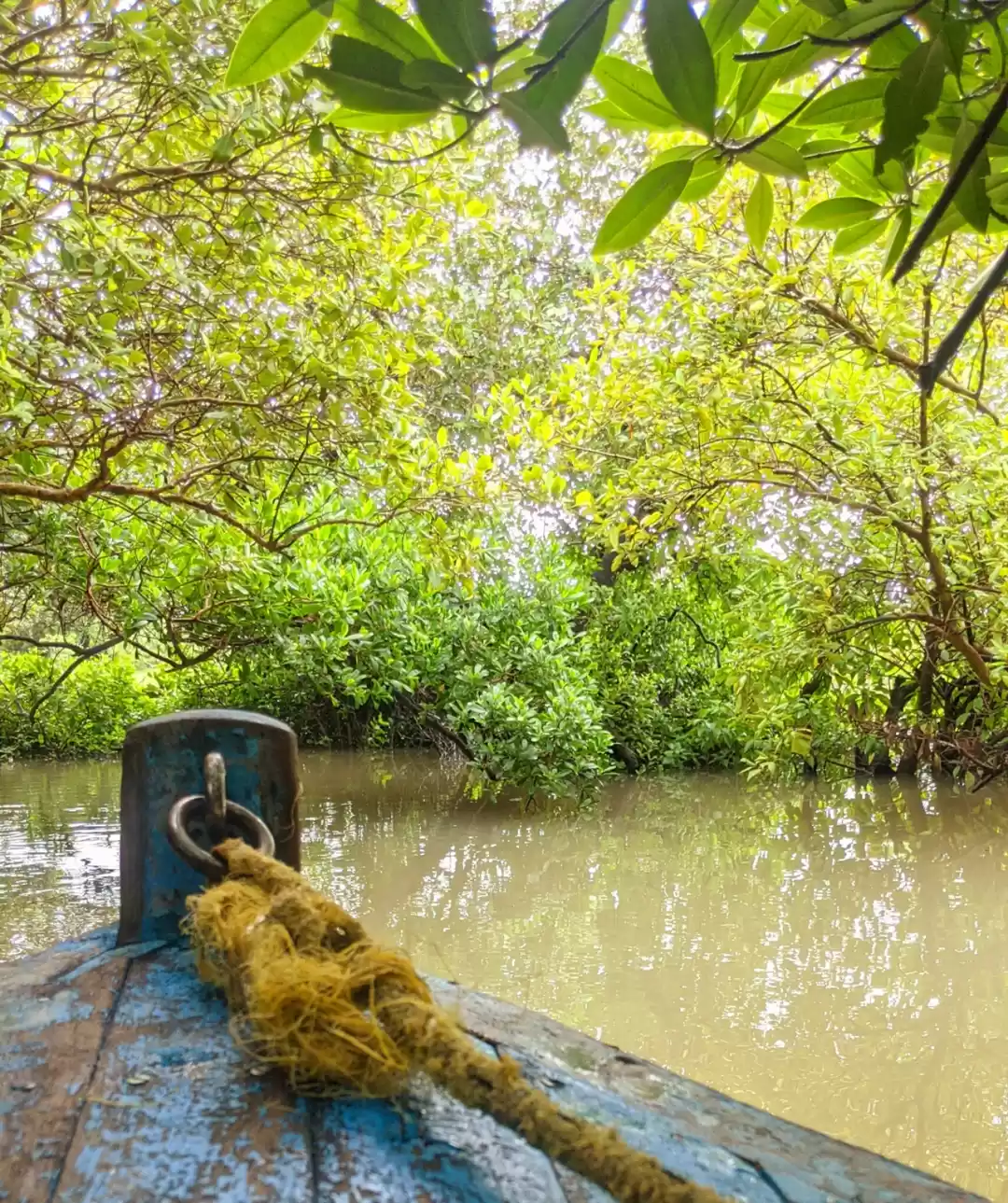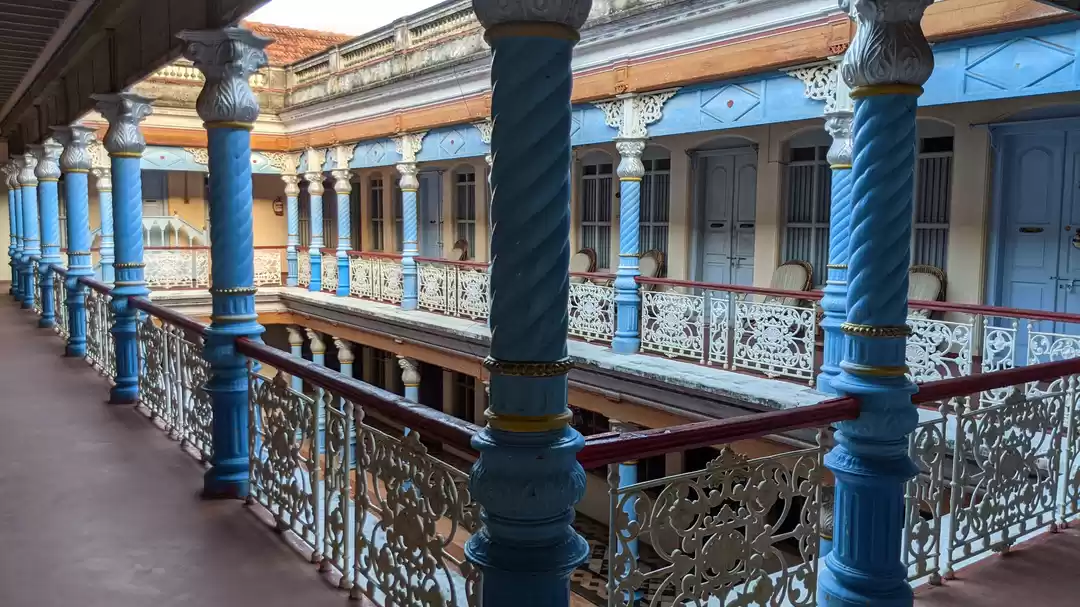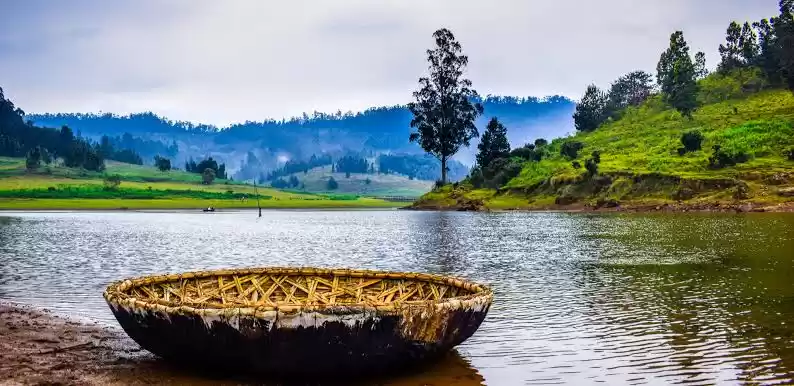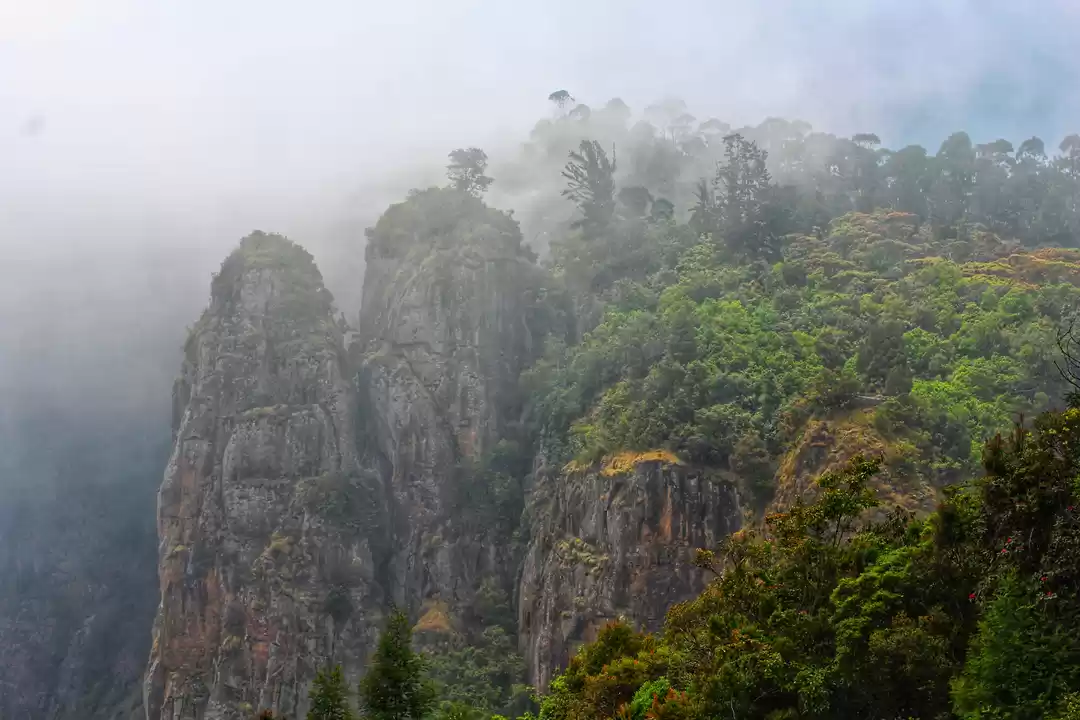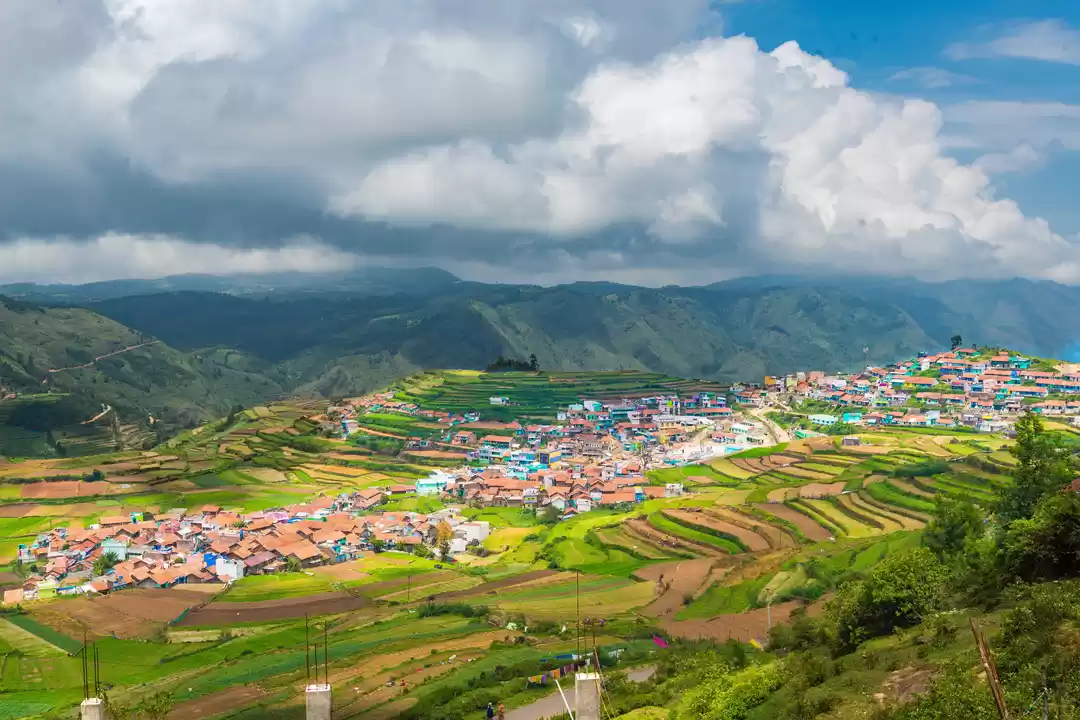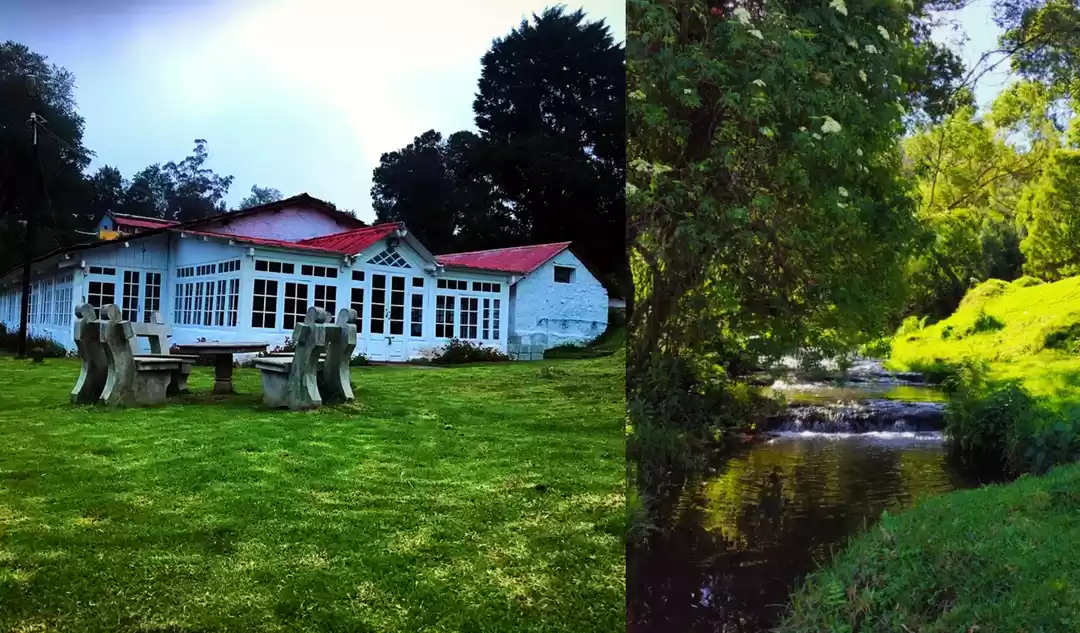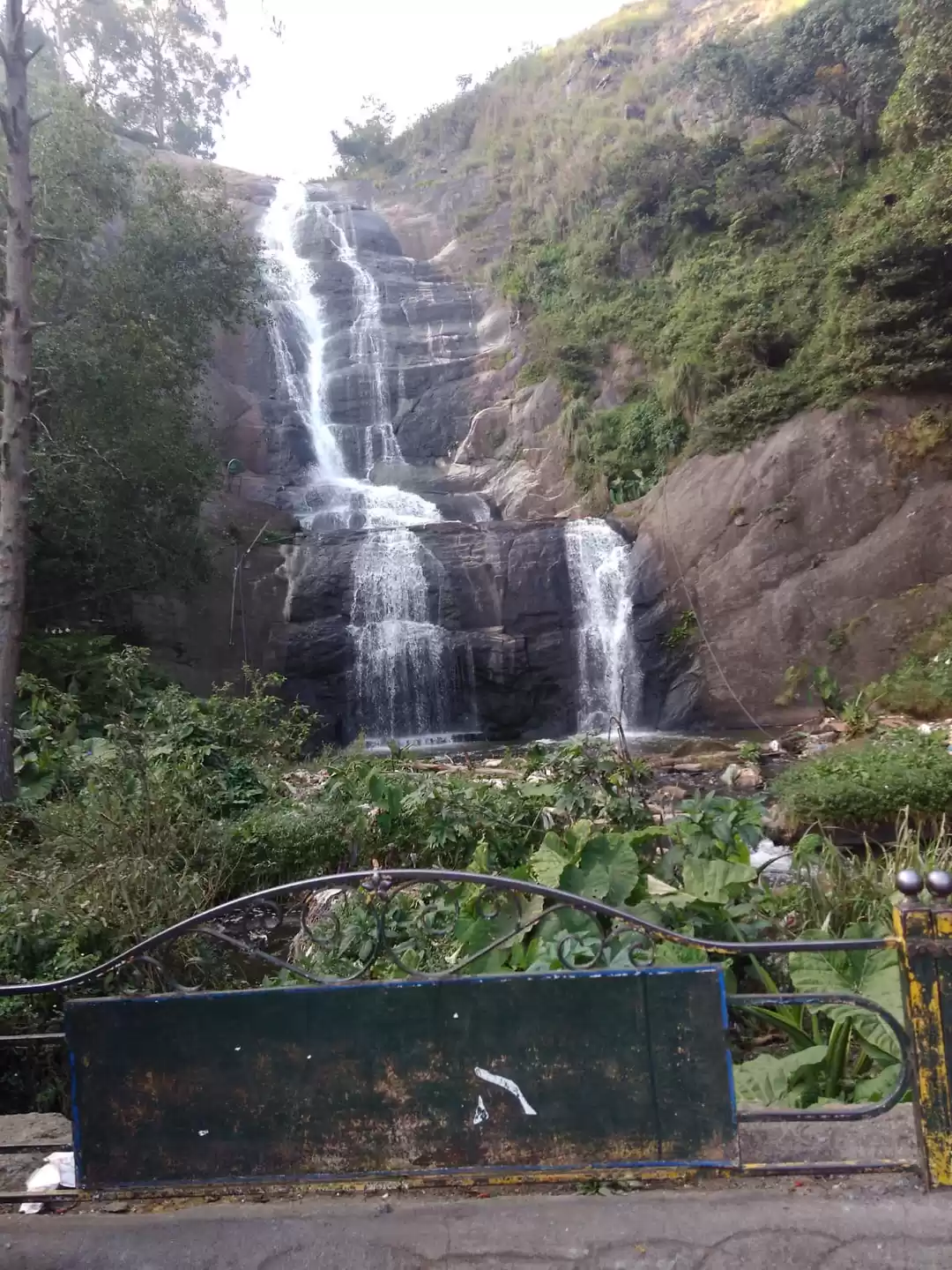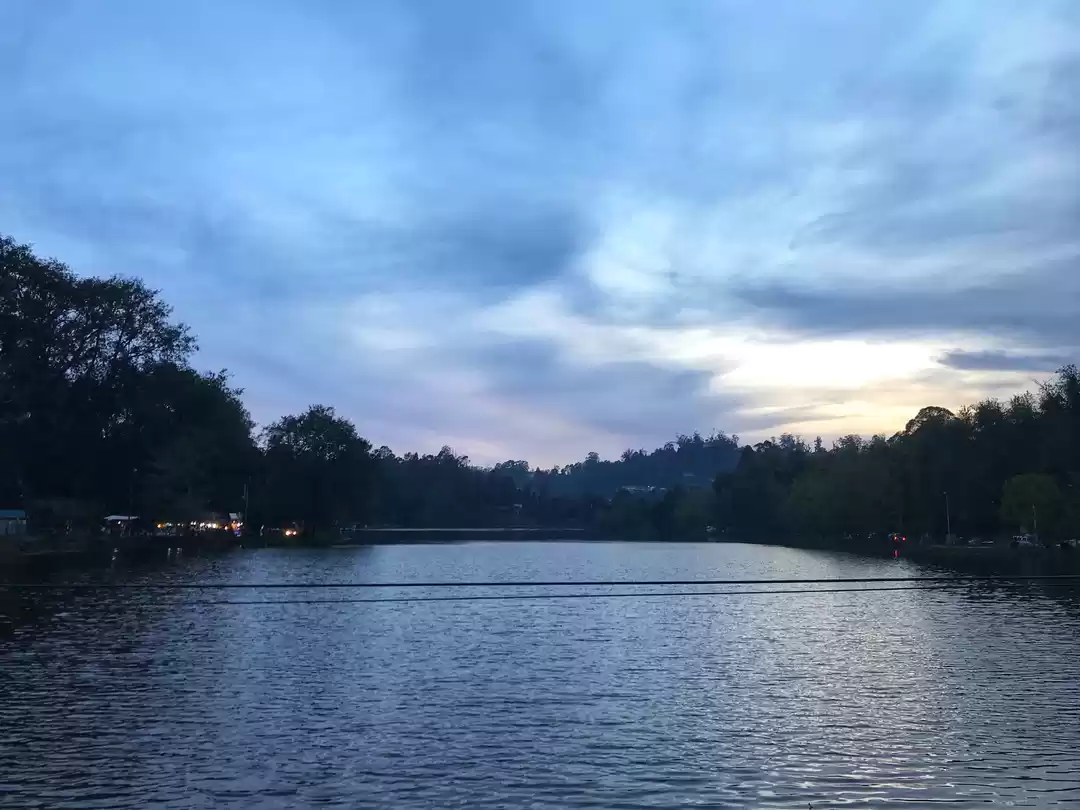








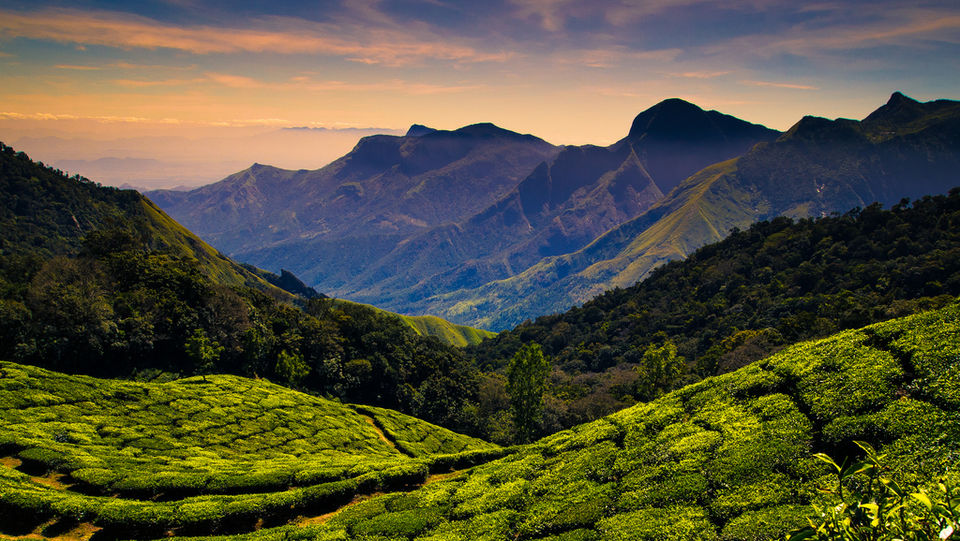







As you leave behind the hot Tamil Nadu plains and approach the cool, pine-scented air of Kodaikanal, 2,133 metres up in the Palani hills, you’ll feel the same way as a bunch of early British and American missionaries. In the early 19th century, these foreigners who stumbled into Kodaikanal were so touched by its beauty and grateful for the escape from the heat that they set about building a town here. They built homes and churches, cut paths, paved roads, introduced new trees such as eucalyptus and pear, and, around 1863, built the Kodaikanal Lake, a defining motif of the town’s natural splendour today.
The Kodaikanal Lake is ensconced in the centre of a sublimely beautiful setting - wooded hill slopes, large rocks, winding roads, skipping waterfalls, and fruit orchards that constantly disappear and reappear in the mist. Beautiful churches are tucked in between British-style villas, and rare flowers like kurunji appear beside delectable plums and pears. Paths and soft-trodden trails appear out of nowhere in the hills.That explains why walking, hiking and trekking are major activities in ‘Kodai’. Day and half-day hikes are an excellent way of taking in the natural wonders of the place. Boating on the Kodaikanal Lake, cycling, and horse-riding are other ways to enjoy the beauty of this hill town.
Kodaikanal has one of the oldest observatories in the world - the Kodaikanal Observatory. As you look above the moonlit pines and watch the stars through a mighty telescope, the vast faraway skies seem fittingly close.
Kodaikanal is one of the very popular and most sought after Honeymoon and holiday destination hill resorts in South India. This hill station stands 7200 feet above sea level and situated in upper Palani hills of the western ghats near Madurai in Tamil Nadu. Kodaikanal is also popularly known as the princes of Hill Stations.
The cool and misty weather, the scenic beauty of the rolling hills and the wooded forest of Kodaikanal and its surroundings will mesmerize any visitor throughout the year. Walk through the wooded forests, the row in the lake, bath in one of the splashing waterfalls, go for horse riding and cycling around the lake or simply admire the views.
Kodaikanal is the only Hill Station in India developed by the Americans.
During 1821, Lieutenant B. S. Ward, a British surveyor was, the first European to visit Kodaikanal, who was on the lookout for a healthy place to live, for the foreign missionaries working in Madurai and the surrounding areas to escape the summer heat and epidemics.
The early visitors to Kodaikanal had to travel by horse, bullock cart or palanquin. The forest was infested by robbers and wild animals, and yet it became very popular with the elite families, because of the wonderful climate and clean air.
In 1834, the Collector of Madurai climbed up from Devadanapatti and built a small bungalow at Kodaikanal. By the second half of the 19th century, churches and other colonial structures started popping up in and around Kodaikanal. Examples of some beautiful structures are the Union Church built in 1895 and a large number of private bungalows.
In 1863, Sir Vere Hendry Levinge, the Collector of Madurai, created the 60 acres Kodai Lake by damming three streams flowing through. He stocked the lake with fish. He also brought the first boat from Tuticorin. A boat club was formed in Kodaikanal in 1890. Since May 1929, the club has permitted tourists to join the club as temporary members and avail of boating facilities.
Missionaries established church properties. Many of the ruling princes built summer holiday homes. Clubs, school and hotels came up. Civic amenities were introduced. Kodaikanal developed slowly, but steadily. They also established the famous Kodaikanal International School.
The extension of the railway line from Chennai to Tirunelveli (598 kilometres) made Kodaikanal really popular. A station was built at Ammainayakkanur - 80 kilometres from Kodaikanal. (This was later renamed Kodai Road.) The first steam engine arrived in 1875 and made the journey to Kodaikanal far easier. Though construction of the road was completed in 1914, it was opened to the public only two years later - in 1916. And suddenly, Kodaikanal was thrown open to the general public and tourists started flocking the area in large numbers.
With all its charm and serenity in offer, it is definitely the place where you would wish to spend the rest of your life.










